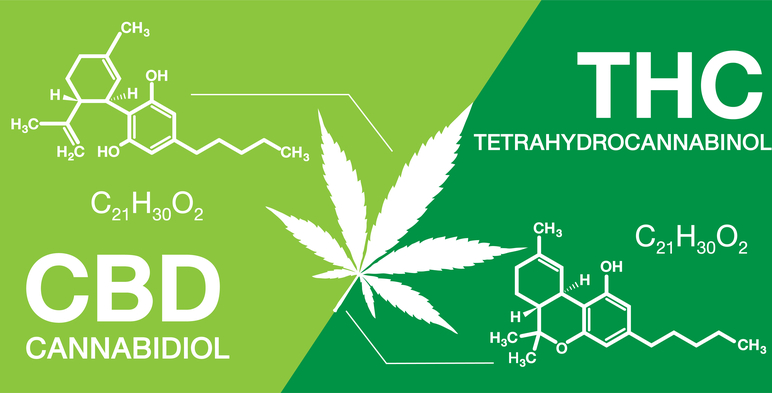
Cannabidiol (CBD) and delta-9-tetrahydrocannabinol (THC) are two of many cannabinoids present in the cannabis plant. In the body, they interact with cannabinoid receptors to help treat or limit the effects of various conditions. In some circumstances, THC can also have a psychoactive effect.Though CBD and THC interact with the endocannabinoid system, there have some important differences. Notably, unlike THC, CBD lacks the psychoactive effects that many people may associateTrusted Source with the characteristic high of cannabis.This article explains more about the differences between CBD and THC.
Despite both being cannabinoids, CBD and THC interact with slightly different cannabinoid receptorsTrusted Source in a person’s brain.
Evidence notes that THC can bind to the main cannabinoid receptors as it has a similar chemical structure to anandamideTrusted Source. This chemical belongs to a group of cannabinoids that the body naturally produces, known as endogenous cannabinoids or endocannabinoids. Due to this structural similarity, THC is able to interact with these receptors and cause the high people associate with using cannabis recreationally.
Unlike THC, CBD does not create the high sensation that people associate with cannabis use. Experts are not exactly sure how CBD interacts with receptors but believe it binds differently to THC. Instead, CBD may increase the effects of other cannabinoids or binds to other receptors that researchers have not yet discovered.
Where do they come from?
Both CBD and THC are naturally present in cannabis plants. However, different species of these plants may contain varying levels of cannabinoids. For example, when a person takes a CBD dominant version of medical cannabis, they are using CBD from hemp, which is a specific variety of the Cannabis sativa plant.
The main difference between hemp and other cannabis plants is their amount of THC. The 2018 Farm BillTrusted Source considers C. sativa plants with less than 0.3% THC as hemp. Other strains will typically contain more THC and less CBD. A 2016 analysis notes that the average potency of cannabis plants rose from roughly 4% in 1995 to 12% in 2014. From 2001–2014, the average CBD levels decreased from 0.28% to less than 0.15%.
Chemical structure
Despite having different pharmacological effects, both CBD and THC share a similar chemical structure. They both contain 21 carbon atoms, 30 hydrogen atoms, and 2 oxygen atoms. However, a slight difference in how the atoms are arranged accounts for the difference between CBD and THC.
Benefits
CBD and THC have similar effects on treatingTrusted Source medical conditions. However, there is some variation in the uses of each substance.
People typically use CBD to help treat the following:
inflammatory bowel disease
seizures
depression
inflammation
psychosis or mental disorders
migraine
THC has potential uses in treating some of the following:
glaucoma
muscle spasticity
low appetite
insomnia
People may use either to help treat:
pain
anxiety
nausea
Legality
Many states in North America have approved of people having at least limited use of medical cannabis. Each state varies slightly on how they define and regulate the legal use, prescription, or sale of cannabis. There is no federal law allowing the legal use of medical cannabis. As a result, it is illegalTrusted Source to use or prescribe medical cannabis in any state that does not have a law allowing people to do so.
Several states have approved the use of cannabis for recreational purposes. As with medical cannabis, recreational usage is not legal federally.
A person should research the laws in their state before acquiring medical cannabis. If the state does not explicitly allow its use, a person could face legal issues for obtaining or using cannabis for medical or any other purpose.
Laws surrounding the use of medical and recreational cannabis are changing rapidly. A person who is considering using CBD or THC should check their local laws regularly as they may change or be changing.
Side effects
There are very few side effects with either CBD or THC.
According to the World Health Organization (WHO)Trusted Source, CBD is generally safe and does not appear to have abuse potential or the ability to cause harm. The Food and Drug Administration (FDA)Trusted Source adds that potential side effects are likely the result of interactions with other medications a person may be taking. It may also have some impact on the liver and male fertility.
A person consuming THC may experience some temporary side effects. These can include:
dry mouth
red eyes
slower than average response times
a general feeling of being high
memory loss
issues with coordination
increased heart rate
Teenagers, in particular, may experience adverse psychiatric effects from getting high. This may be because a teenager’s brain is still developing. According to some research, regular or large doses of THC can increase the risk of developing schizophrenia in some people with a predisposition to the condition.
Neither CBD nor THC has any apparent side effects that are serious. Neither can be fatal when taken correctly. Also, people who use THC recreationally appear to have little risk of developing an addiction.
Forms and ways to take
Both CBD and THC are naturally present in cannabis plants. Many people choose to smoke or vape cannabis, but this may not be possible for people with certain conditions. Instead, people can also purchase many different products that contain these cannabinoids.
CBD is available in a variety of forms. These include:
oils
gummies
capsules
tinctures
THC can also come in different forms, including:
smokable products
oils
tinctures
edibles, such as brownies
CBD vs. THC
Is CBD legal?The 2018 Farm Bill removed hemp from the legal definition of marijuana in the Controlled Substances Act. This made some hemp-derived CBD products with less than 0.3% THC federally legal. However, CBD products containing more than 0.3% THC still fall under the legal definition of marijuana, making them federally illegal but legal under some state laws. Be sure to check state laws, especially when traveling. Also, keep in mind that the FDA has not approved nonprescription CBD products, and some products may be inaccurately labeled.
Summary
CBD and THC are both cannabinoids found in cannabis plants. Though similar in structure and what they may help treat, the most important difference is that THC will cause a person to experience a high while CBD will not.
It is essential that people familiarize themselves with local laws before acquiring and using CBD or THC. Both CBD and THC are still federally illegal substances and are only approved for medication or recreational use in certain states.


 English
English français
français Deutsch
Deutsch русский
русский italiano
italiano español
español português
português Nederlands
Nederlands 日本語
日本語 한국의
한국의







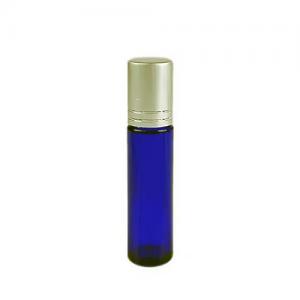
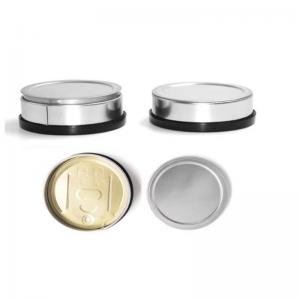
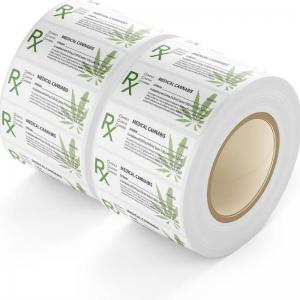
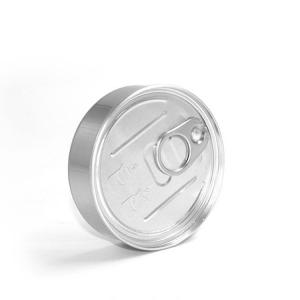
 2023-06-15
2023-06-15

 Online service
Online service +86 15375471059
+86 15375471059

